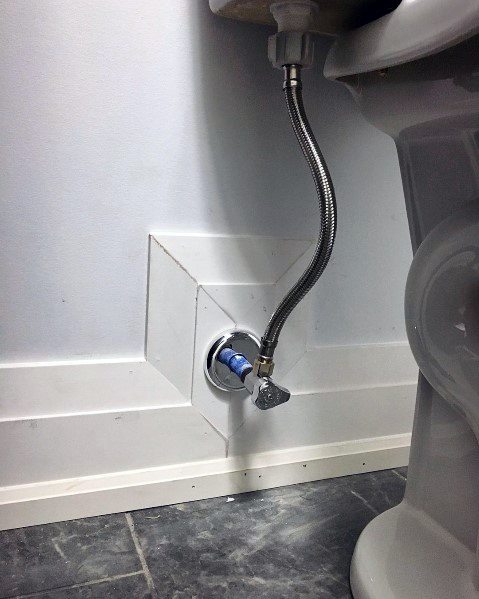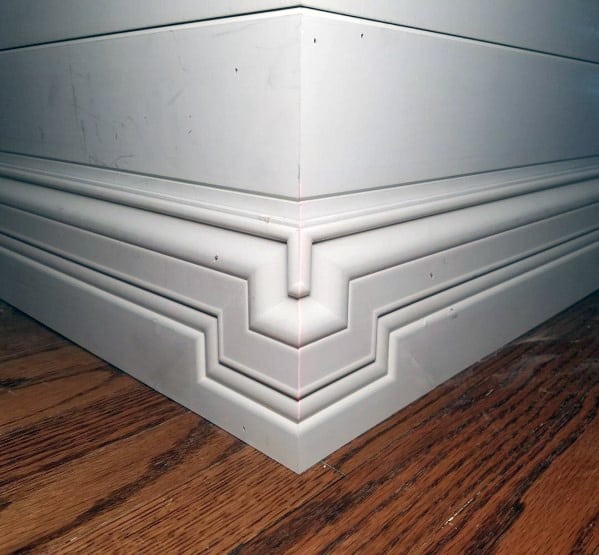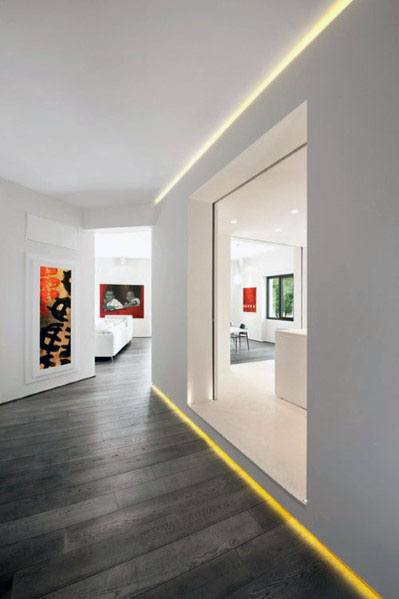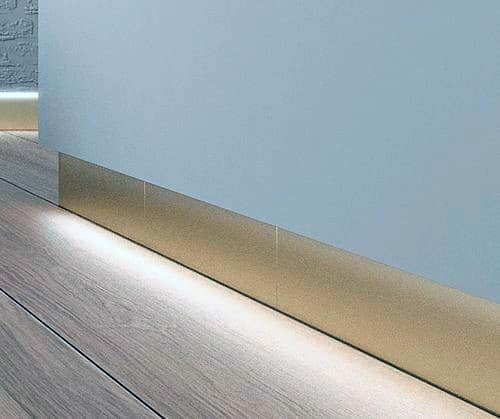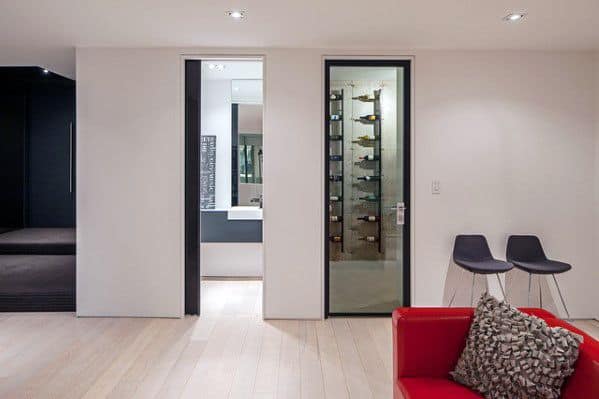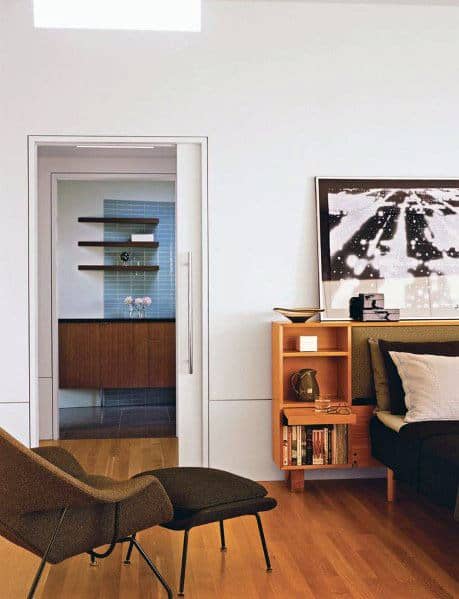The baseboards in a home serve as a defining feature that brings together all of its intricate details. They showcase how different components are connected, intersected, and unified. Regardless of the diverse styles present in your home, the perfect baseboard can elegantly tie together its structural elements. From minimalist and sleek designs to intricate and ornate styles, modern baseboards cater to various design preferences and budgets. Therefore, we have curated a collection of the top modern baseboard ideas for you to explore.
Although it may appear insignificant or unnecessary, the intricate design of modern baseboard serves a crucial role in any frequently visited household. It not only shields furniture from accidental collisions and damage, but also safeguards against foot scuffs. Throughout the centuries, the purpose of baseboards has remained relatively unchanged.
However, when it comes to visual appeal, the modern baseboard is a significant improvement. It is both practical and subtle, adding the perfect touch to enhance the overall impression of your home. The modern baseboard perfectly embodies the refined taste of a contemporary individual.
The choice of baseboard materials is diverse, ranging from solid wood to medium-density fiberboard. However, it is crucial to apply the necessary paint and sealing work to prevent cracking in the long run. Tongue and groove baseboards create a seamless appearance, while larger baseboards intentionally enhance the height and proportion of a room, creating a striking impact. Regardless of the style you select, these contemporary baseboard ideas will effectively define the aesthetics of your home.
If you have excellent DIY skills, you can easily put these top modern baseboard ideas into action. However, if you lack the expertise, I suggest seeking a professional baseboard installer through HomeAdvisor.com. With more than a hundred thousand contractors listed on their website, you can easily locate a skilled specialist in your vicinity.
1. Elegant Baseboard Ideas for Ornate Walls
If your walls are adorned with wainscoting, wallpaper, or any other intricate design, it might be best to avoid installing a complicated baseboard concept that would compete with them. Opting for a simple baseboard design can help maintain a cohesive and neat atmosphere in the room. The clean and precise lines of a straightforward baseboard often serve as the foundation that a lavishly decorated space requires.
You don’t have to settle for the plain builders’ grade baseboard or a simple flat wooden plank. Enhance your space by opting for a slightly curved baseboard beam that widens at the bottom. Alternatively, you can add a touch of elegance by finishing the corners of your basic flat baseboard with quarter-round trim.
Another option is to replicate the lines and angles seen in coffered walls and wainscoting by using a baseboard that has horizontal grooves or ridges. These baseboards, with their understated texture, complement intricate walls without being overly extravagant themselves.
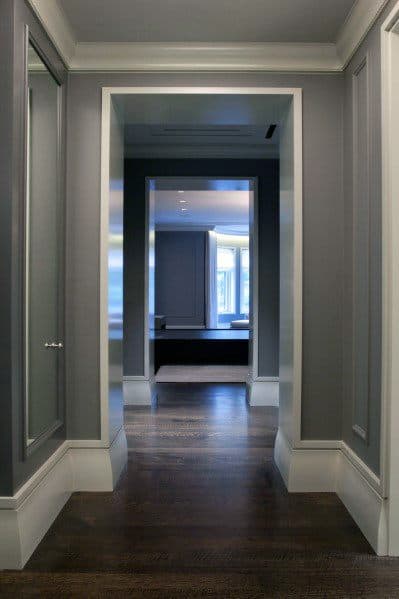
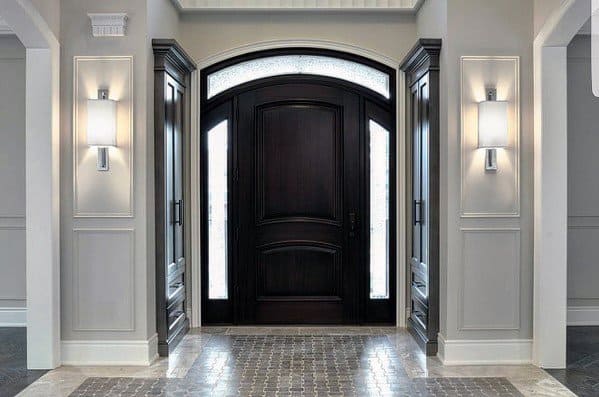
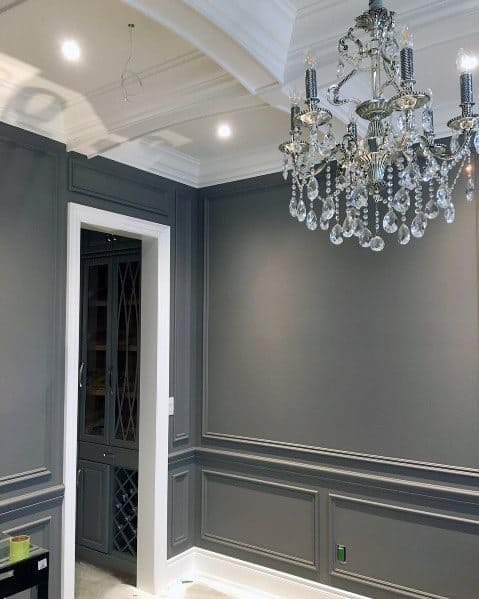
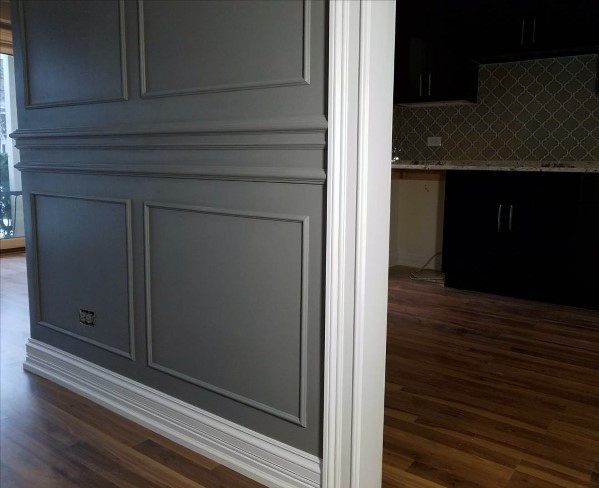
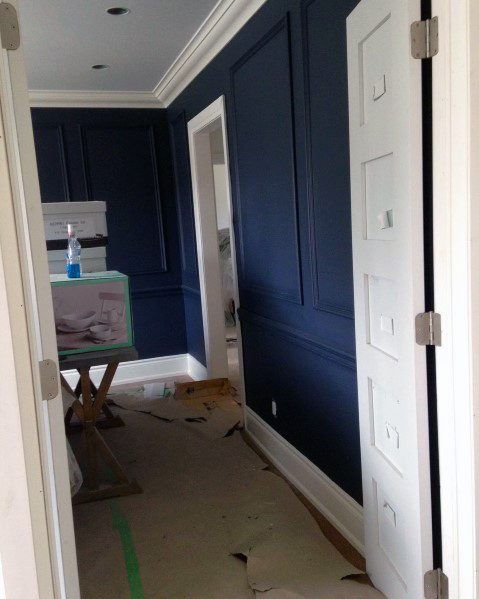
2. Minimalistic Inspiration
Despite their seemingly thoughtless appearance, modern baseboards often require careful consideration. The significance of simplicity in interior design should never be undermined. Those with modern or minimalist homes are well aware of this notion. In industrial, warehouse, or similarly styled homes, completely flat baseboards serve as the perfect complement between the wall and floor. This uncomplicated design elevates the overall space without detracting from other design elements.
When you increase their height, these contemporary baseboards become even more prominent. Instead of sticking to the standard size, opt for adding a few extra inches to make your baseboard measure eight inches or taller. If your room has a high ceiling, it can support a tall baseboard, allowing you to incorporate a subtle accent color or showcase a stunning wood finish.
The choice of design can greatly impact the ambiance of a space, transforming it from a cold and sharp modern area to a warm and inviting one. To add a touch of uniqueness to your baseboard corners, consider eliminating the standard mitered corners and opting for a flat edge. Additionally, if you find a single plank baseboard too plain for your room, you can enhance it by extending the bottom with a one-inch thick strip of base molding.
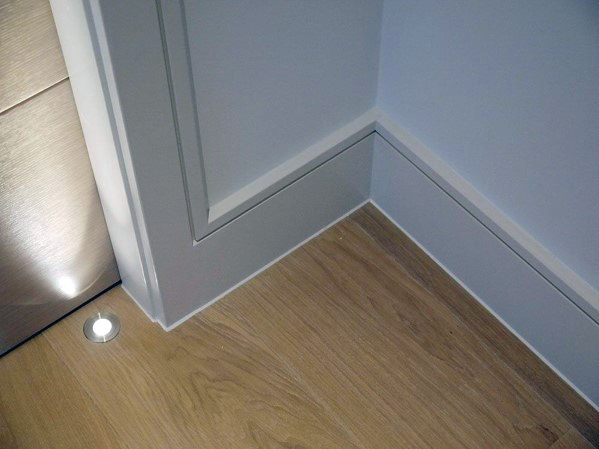

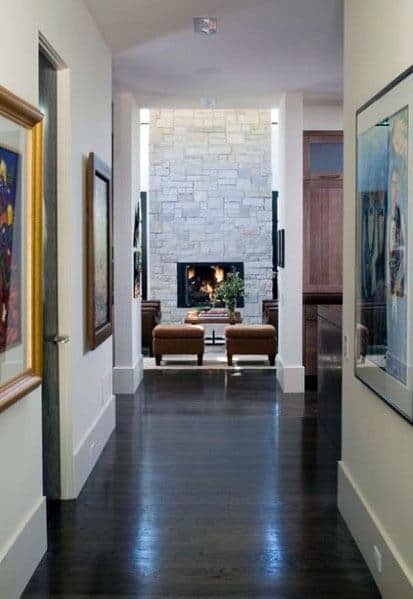
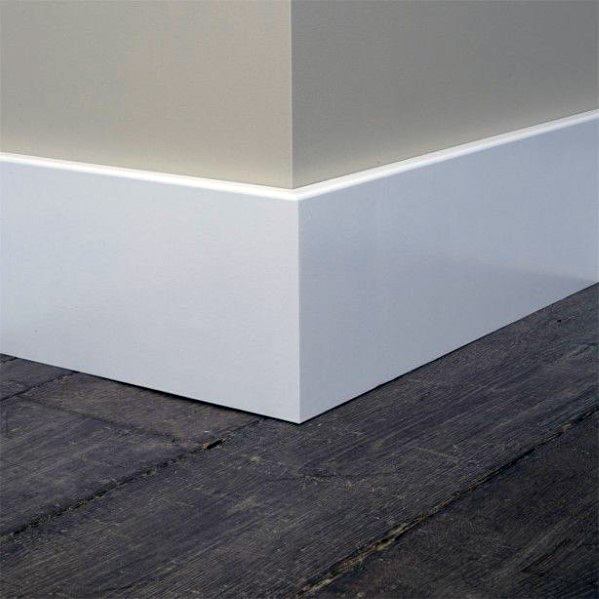
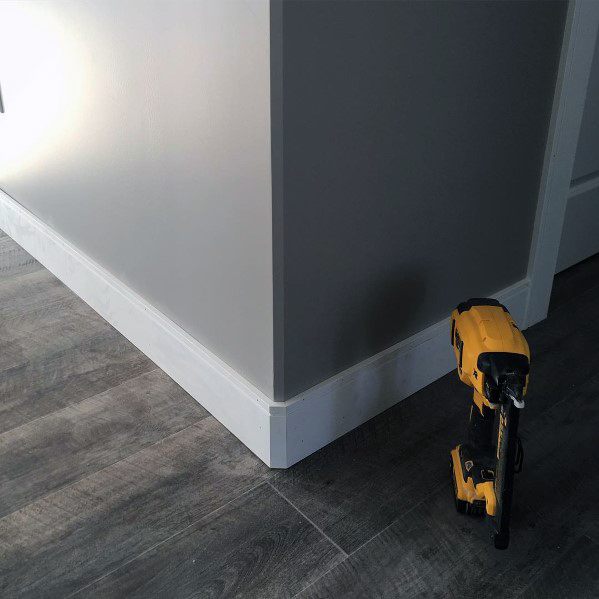
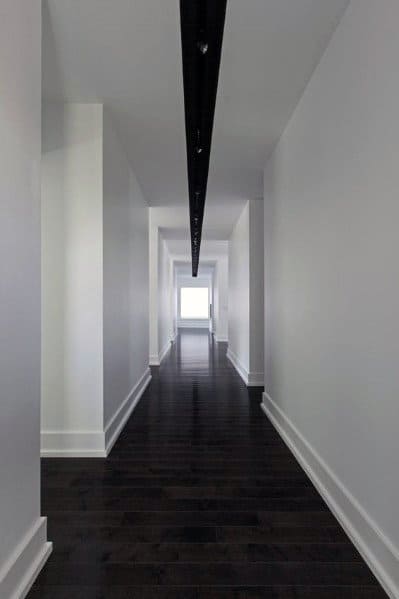
3. Artistic Approaches
If you don’t purchase a baseboard constructed of metal, vinyl, PVC, or any other pre-made material, it will be necessary for you to paint your baseboards. Although white is the traditional choice for baseboards, there is no obligation to stick with it. In fact, this overlooked area provides an opportunity to add a splash of color to your rooms.
To achieve this, opt for a neutral color that harmonizes with the rest of your home’s décor. You may want to consider a gentle gray or a cozy “greige,” which falls between gray and beige. It’s not necessary for it to be significantly darker or lighter than the hue on your walls. Simply shifting one or two squares on the paint color swatch can often provide a pleasing visual effect without overwhelming the eye.
An alternative design choice involves painting your baseboards with the identical color utilized on your walls. Although it may seem contradictory, having both walls and trim in the same shade creates a seamless flow and can effectively soften the impact of a vibrant color compared to a white or neutral baseboard.
When it comes to refreshing baseboards, a common question arises: should they be painted before or after installation? Both approaches have their own pros and cons. To gain insights into each method, watch the video below, where you’ll find useful tips for accomplishing the task successfully, regardless of your chosen approach.

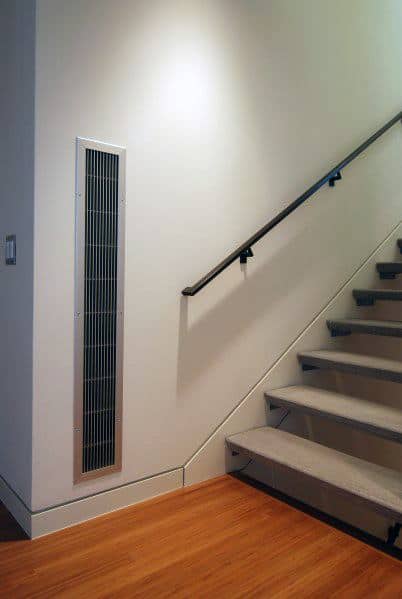

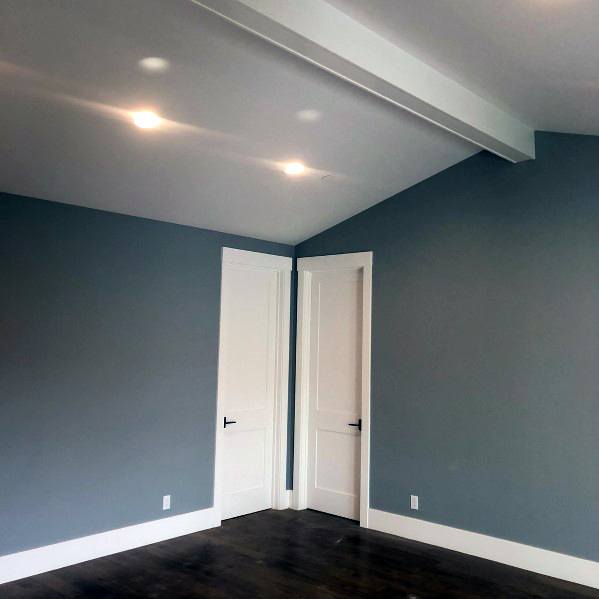
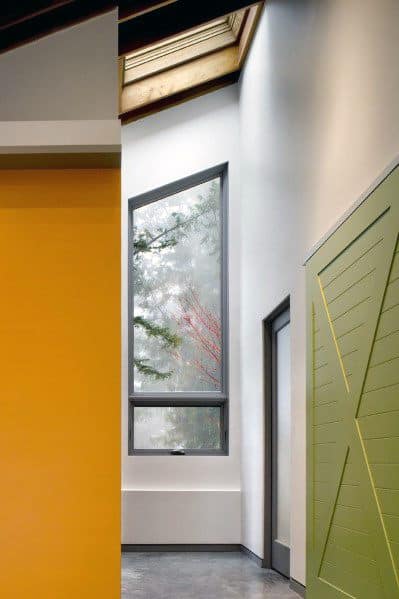
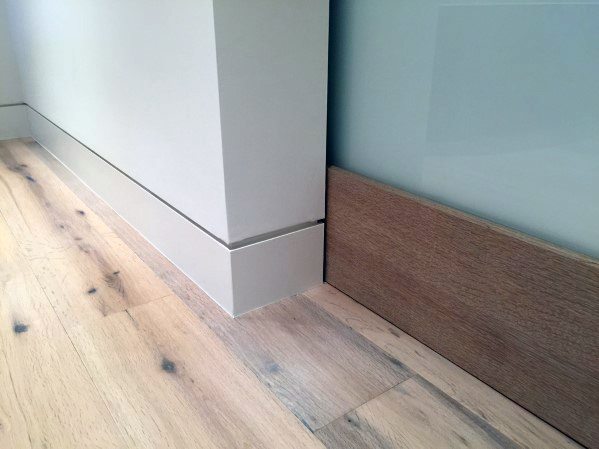
4. Natural Beauty
The timeless allure and traditional charm of natural wood are everlasting, and the same holds true for baseboards. There is no necessity to paint them when they are crafted from exquisite, authentic wood. In fact, swapping out a lackluster, monotonously painted baseboard for a luxuriously stained wooden one can infuse your indoor space with a delightful touch of nature.
Wood finishes are not just favored in rustic home decor; they also bring a pleasant warmth to contemporary home designs. You don’t have to opt for an intricate baseboard design with lots of curves and ridges. A simple, wide plank of stained natural wood can be seen in numerous modern homes and businesses. This is particularly apparent in spaces with hardwood floors, where the baseboard and floorboards share the same stain and finish. When combined with neutral walls and other minimalist elements of interior design, these rooms create a serene and soothing atmosphere.
While simple baseboards are typically associated with modern design, it is entirely possible to incorporate a traditional baseboard style into your contemporary home. Opting for tall and thick baseboards with a stacked edge can add a touch of sophistication and personality that may suit homes with a more eclectic modern aesthetic. It is advisable to echo or complement existing shapes within the room. For instance, you can coordinate your baseboard molding with the curved silhouettes present on a patterned tile floor or printed furniture fabric.
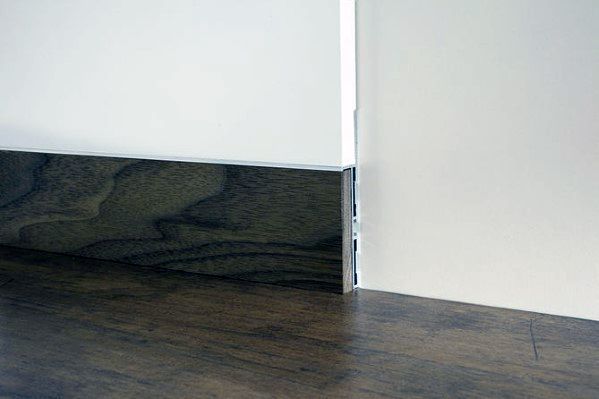
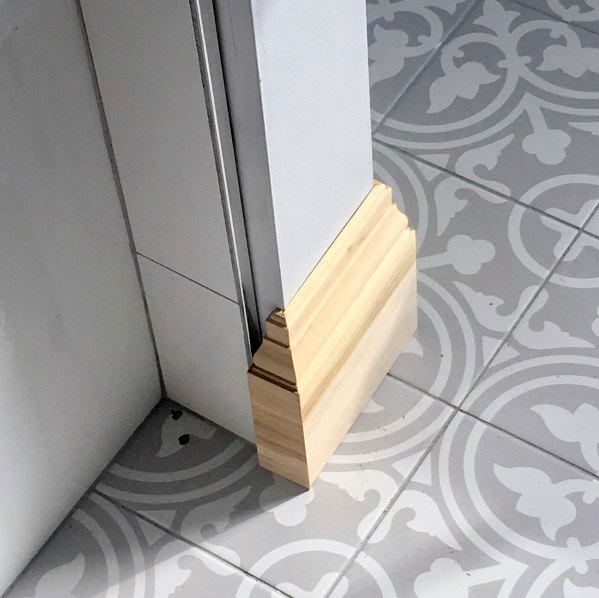


5. Creating Depth
Similar to the space below your lower kitchen cabinets or the toe kick area, a recessed baseboard is designed to blend into the wall rather than protruding from it. Recessed baseboards are not only distinctive in appearance, but they also offer practical benefits. Unlike conventional molding that is attached on top of the drywall, recessed baseboards do not accumulate dust. Additionally, they are not prone to being bumped or damaged by energetic children, pets, or furniture movers as traditional baseboards often are.
The recessed baseboard height is flexible, allowing for different options. For instance, a four-inch-tall recessed baseboard can be a suitable choice for your breakfast nook or any room connected to your kitchen. This type of baseboard seamlessly connects with the toe kick of your kitchen cabinet. Although commonly seen in industrial or minimalist homes, it can also complement the aesthetics of a beach cottage or cabin, particularly when paired with beadboard or paneling.
If you are constructing a house, you should think about requesting your builder to incorporate flush baseboards. Unlike regular baseboards that are attached to the drywall, flush baseboards sit flush with the wall. They are characterized by a narrow recessed gap between the trim and the drywall, known as a shadow bead or reveal bead. Flush baseboards are even more discreet than flat or recessed baseboards, but it is important to install them during the construction phase.
If you have some experience with drywall, it is recommended to have someone with such skills handle the task of DIY-ing a recessed or flush baseboard. However, if you possess strong drywall skills, you can refer to this video guide for assistance. Pay close attention to the expert application and finishing of the joint compound.


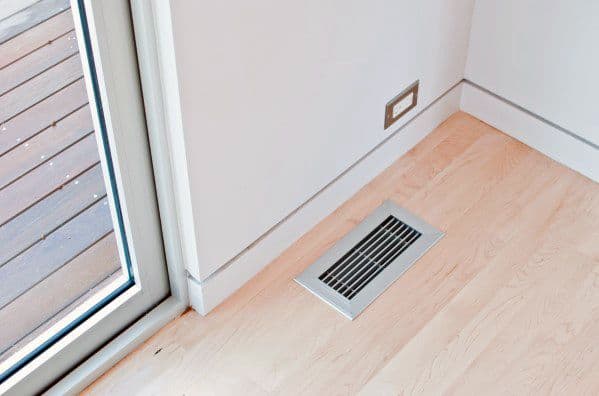
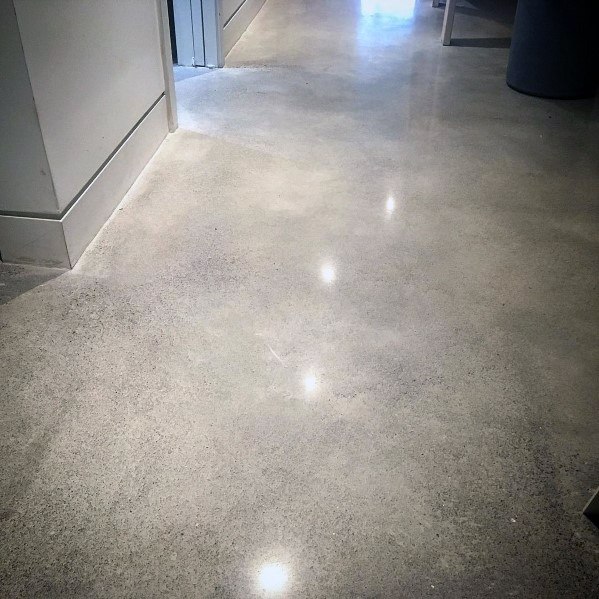
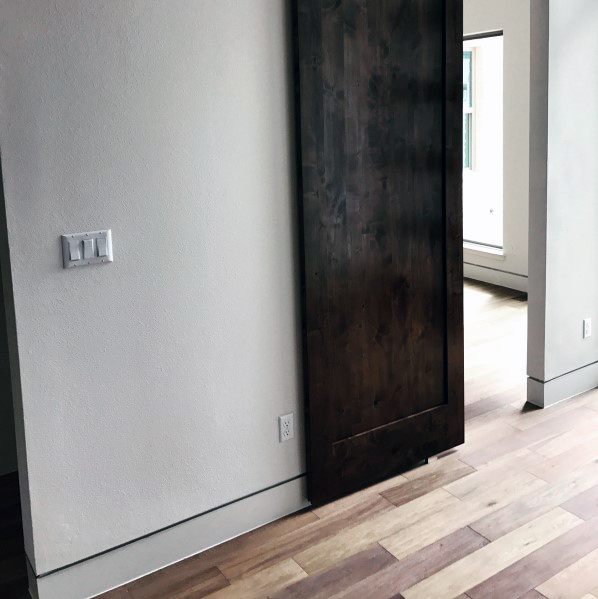
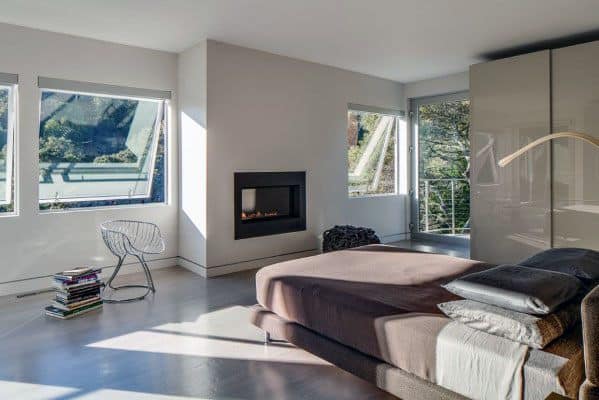
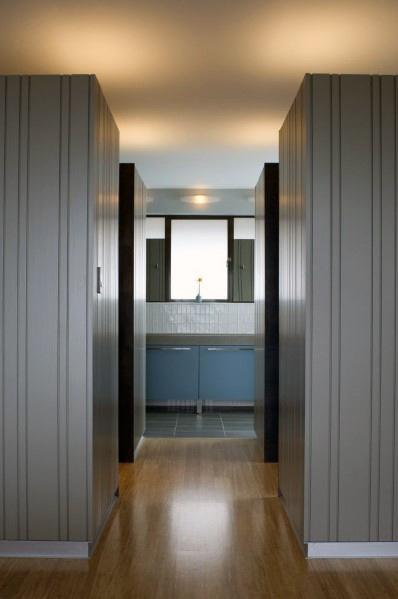
6. Personalized Flair
Although baseboards are typically not considered a canvas for creativity, they possess the potential to elevate a room’s aesthetic. Even in a contemporary home where minimalism prevails, you can incorporate unique custom elements that surpass the ordinary builder plank.
To create a taller baseboard with unique grooves and textures, consider stacking multiple strips of molding instead of using a single plank. Instead of cutting a hole in your baseboard for a bathroom pipe or heating vent, extend the baseboard material up the wall and create a frame around it. Opting for a recessed baseboard can provide a dramatic effect, especially when you install lighting within the recessed area. For a festive touch, you can even select color-changing lights, perfect for holiday celebrations.
Although metal baseboards are not commonly seen, they can have a striking appearance in contemporary environments, especially in industrial lofts featuring exposed ductwork and other metal elements. Utilizing materials like stainless steel or other sturdy metal sheeting, these baseboards offer exceptional durability. When placed alongside the rough textures of exposed brick walls or concrete floors, metal baseboards contribute to a modern and sleek aesthetic.
If you desire to draw attention to your carefully chosen furniture or a stunning artwork, consider incorporating the minimalist aesthetics popular in Asian-inspired contemporary interiors. These spaces often feature extremely small baseboards, sometimes barely perceptible. By employing this design technique, you can create a clean and uncluttered backdrop that allows the focus to remain on what truly matters to you. Pairing these nearly invisible moldings and frames with white walls and light-colored floors further enhances the effect, resulting in a serene and understated ambiance.
